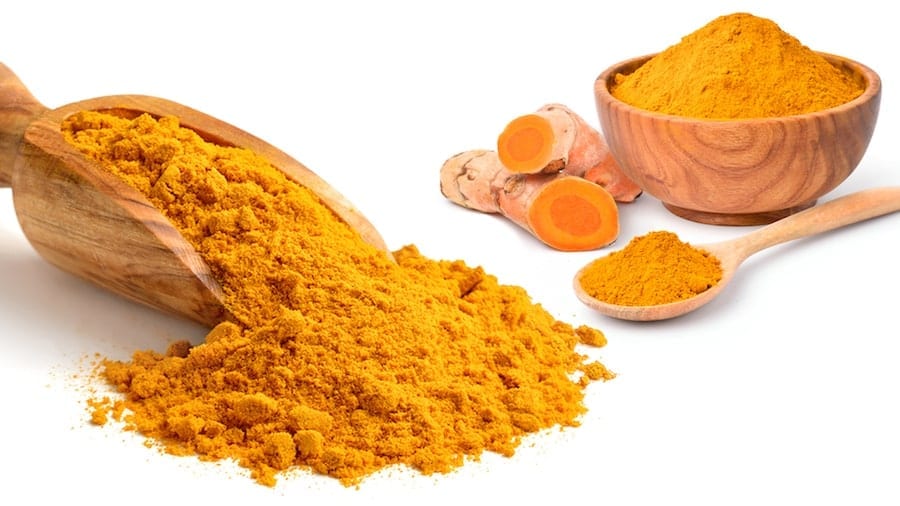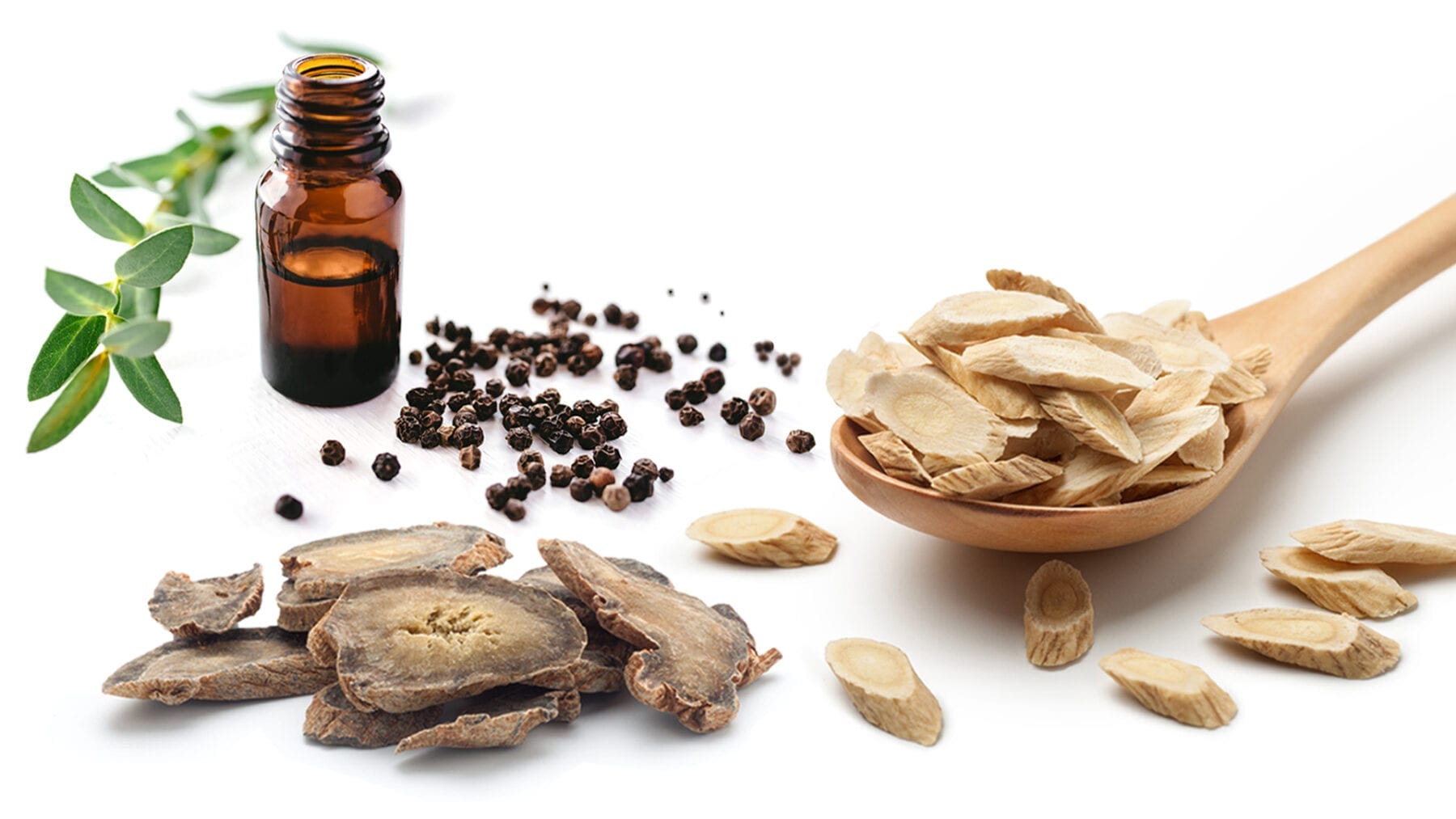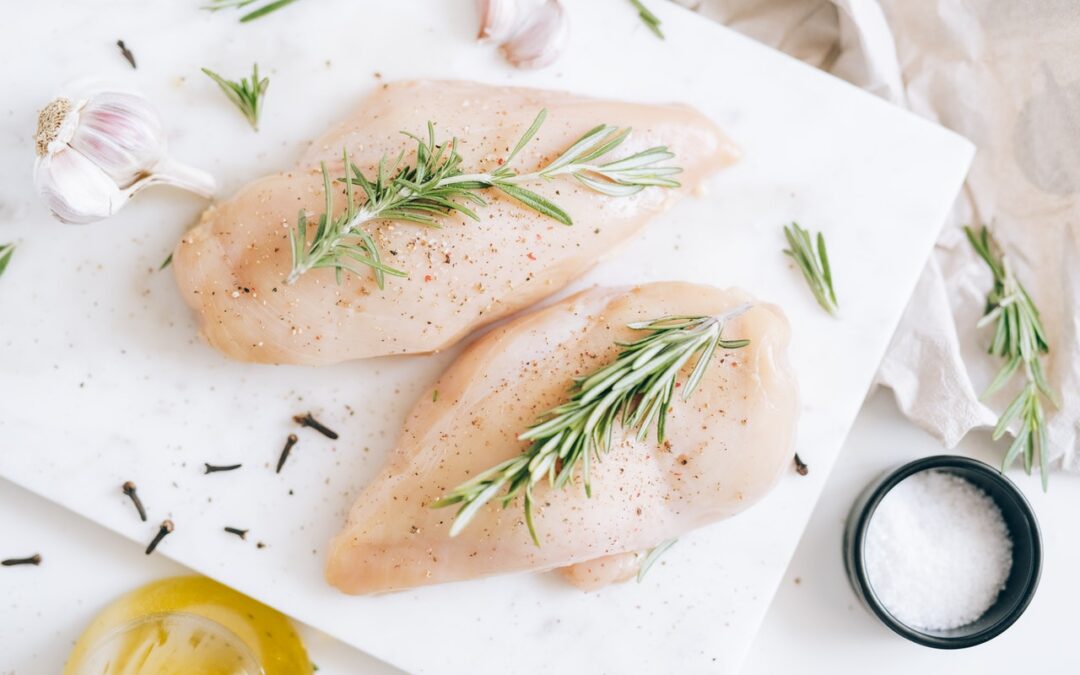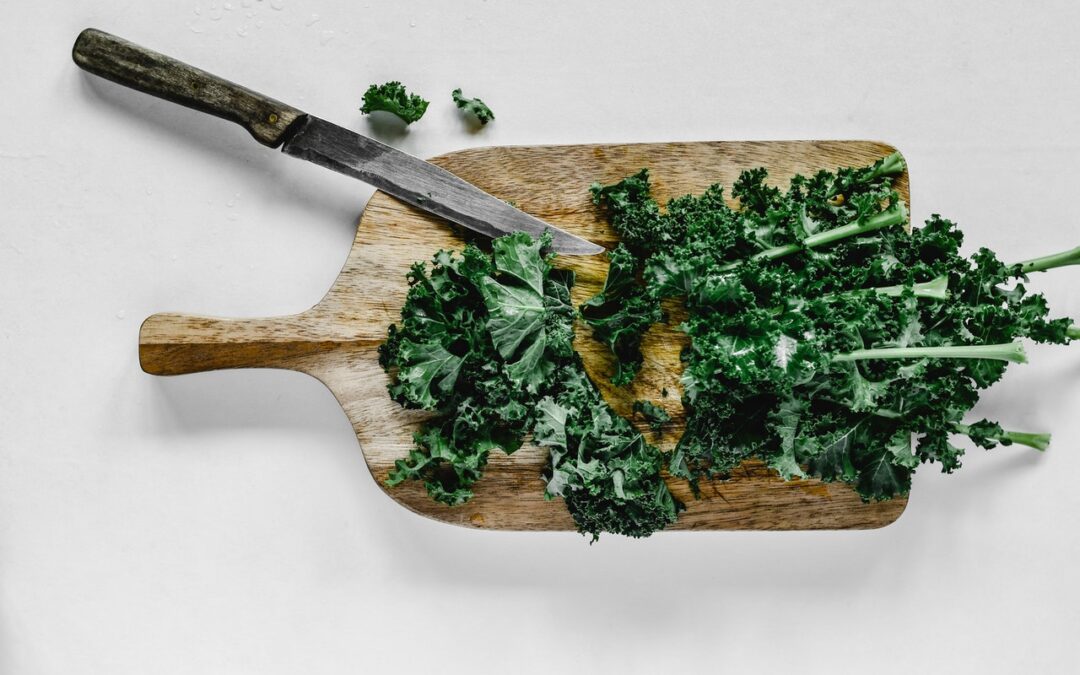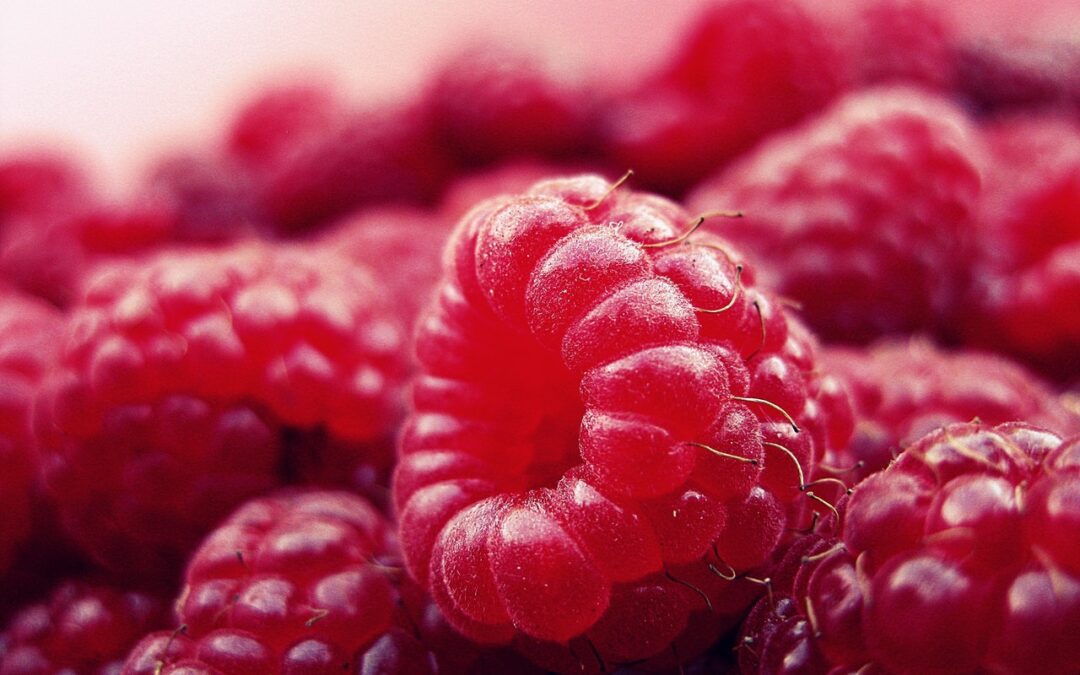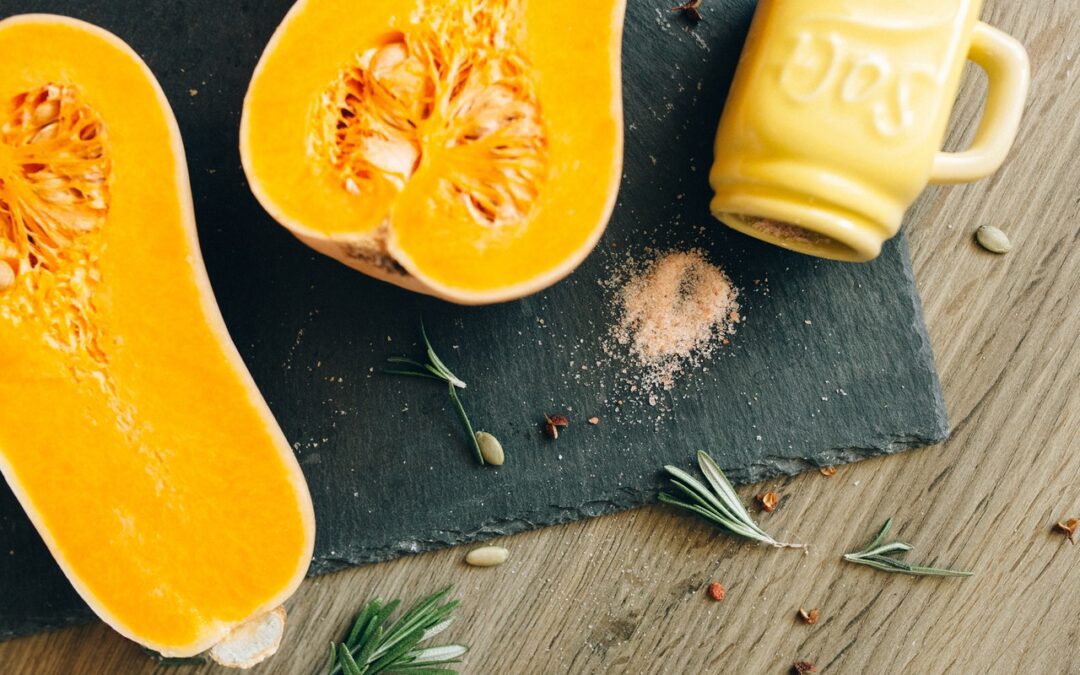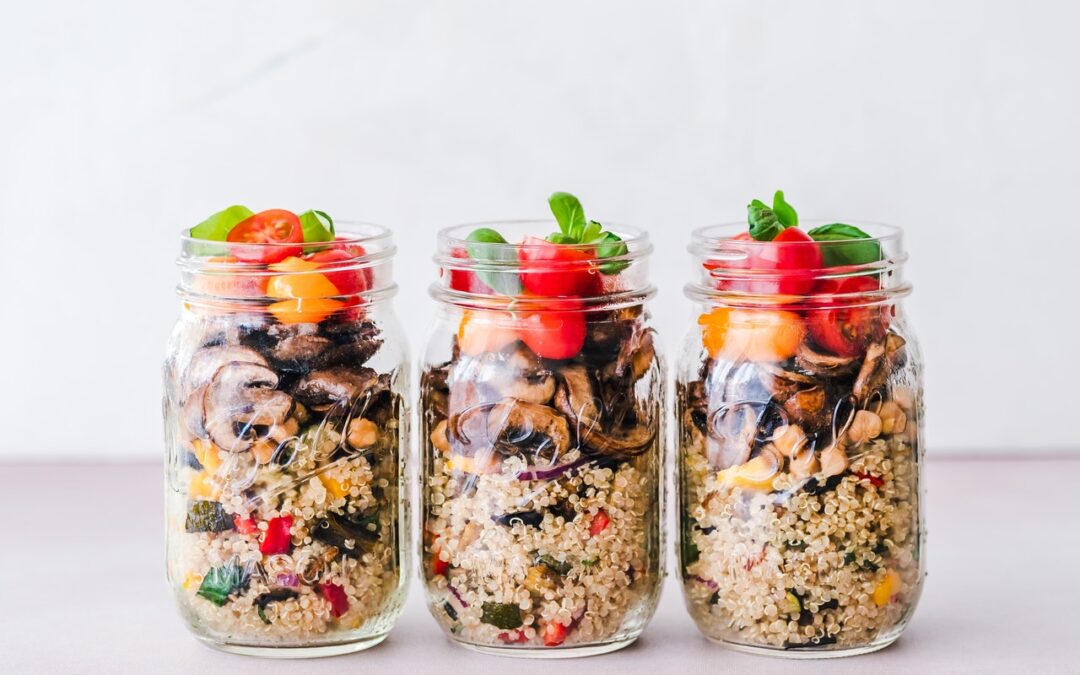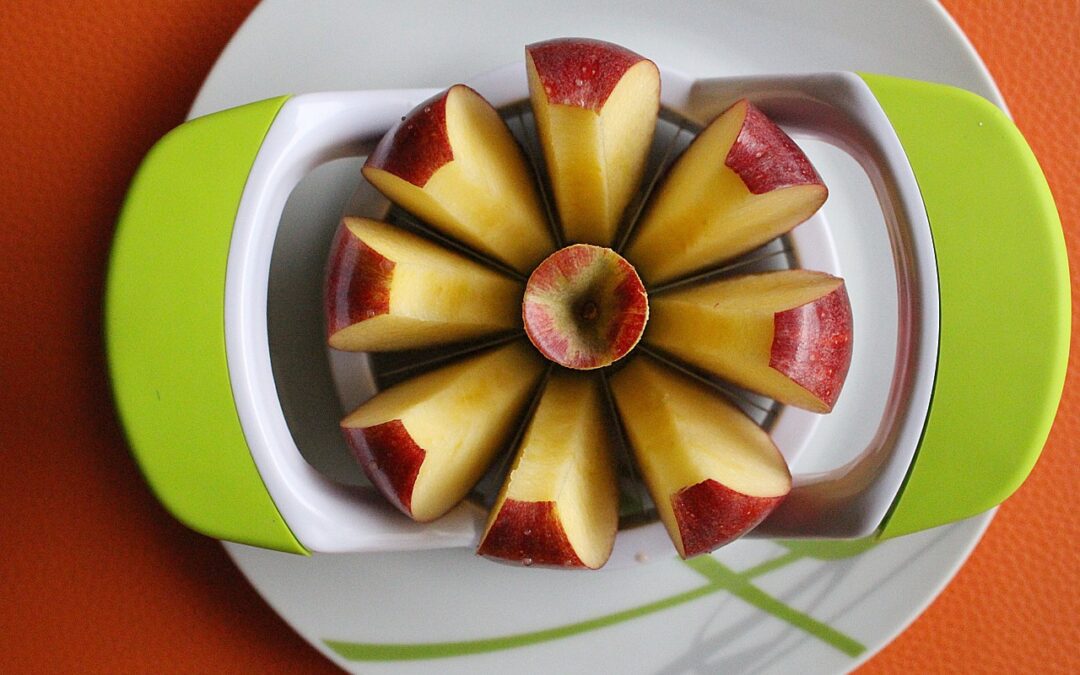
Easy Snacks Rich in Healthy Nutrients

Written by Dr. Wasif Yasin
CATEGORIES
View All
BioWOW Foods® Safety/Quality
Full-Body Workouts
Healthy Eating
Joint Health
Self-Care Strategies
Supplements Guide
Featured Videos
Read on to find some healthy snacks that offer nutritional benefits and are super-delicious!
Make this incredible duo your go-to snack to satisfy your appetite. Apples are packed with polyphenol antioxidants and soluble fibers, which improve your heart and gut health. 1
When consumed in moderation, peanut butter maintains good (HDL) cholesterol. 2 Add one tablespoon of peanut butter on a medium-sized apple and enjoy the perfect balance of sweet flavor with a few calories.
2.) Greek Yogurt with Mixed Berries:
Yogurt with berries is a perfect nutrient-dense and delicious snack with less than 150 calories. Greek yogurt is a rich source of proteins, potassium, and magnesium, which are great for your gut health.
The antioxidant-rich and nutrient-dense berries keep your sugar cravings at bay and improve glucose control. 3
3.) Cucumber Slices with Hummus:
Hummus and cucumber make a healthy and satisfying snack. Do you know cucumber is considered an anticancer? It contains a compound called cucurbitacin E which has anti-tumor properties. 4 Hummus, a product of cooked chickpeas blended with olive oil. It’s perfect for supporting heart health and reducing inflammation.
4.) Energy Bars:
Energy bars are a perfect grab-and-go snack that will keep you full for longer because of their high protein content. They’re even more healthy when you make them on your own because store-bar versions are processed and contain refined sugars. If you prefer energy bars from the store, be sure to choose an option low in sugars.
Benefits of Healthy Snacks
Here are some incredible benefits of healthy snacking that can make you feel great throughout the day:
1.) Snacking Overcomes Cravings:
If you get ravenously hungry during your working hours, grab a healthier snack. A healthy snack prevents you from overeating, thus helping with your daily calorie intake.
A healthy snack also amps up your metabolism and evens out your sugar metabolism, thus helping you maintain a perfect weight. 5
2.) Boosts Brain Power:
Are you finding it difficult to remain alert and focused during your work hours? Healthy snacking fuels your body and boosts brain function, keeping you engaged in your work. Dark chocolate, blueberries, and avocados are great focus-boosting snacks while keeping your energy levels elevated. 6
3.) Lowers the Risk of Diseases:
Healthy snacking lowers your bad cholesterol, evens out blood sugar levels, and improves your heart health, resulting in an increase in your overall wellbeing.
References:
1.) Koutsos, A., Tuohy, K. M. & Lovegrove, J. A. Apples and cardiovascular health–is the gut microbiota a core consideration? Nutrients 7, 3959–3998 (2015).
2.) McKiernan, F. et al. Effects of peanut processing on body weight and fasting plasma lipids. Br. J. Nutr. 104, 418–426 (2010).
3.) Skrovankova, S., Sumczynski, D., Mlcek, J., Jurikova, T. & Sochor, J. Bioactive Compounds and Antioxidant Activity in Different Types of Berries. Int. J. Mol. Sci. 16, 24673–24706 (2015).
4.) Attard, E. & Martinoli, M.-G. Cucurbitacin E, An Experimental Lead Triterpenoid with Anticancer, Immunomodulatory and Novel Effects Against Degenerative Diseases. A Mini-Review. Curr. Top. Med. Chem. 15, 1708–1713 (2015).
5.) Top Three Health Benefits of Snacking. Mercy Health Blog https://blog.mercy.com/health-benefits-of-snacking/ (2018).
6.) What Are the Benefits of Healthy Snacks? Healthy Eating | SF Gate https://healthyeating.sfgate.com/benefits-healthy-snacks-7642.html.
Nutrition Secrets for Beautiful Skin



